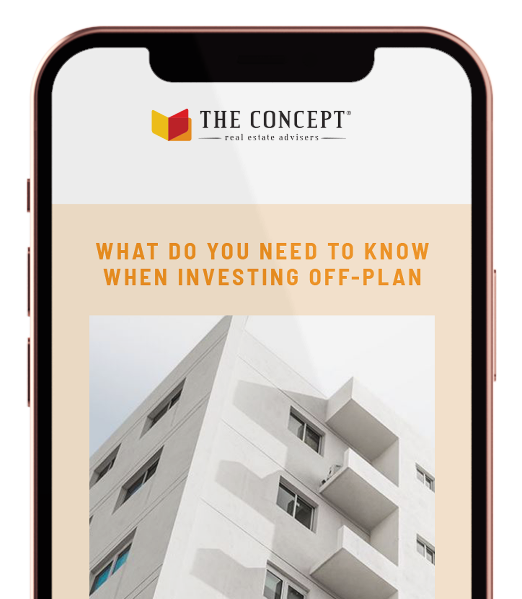PHYSICAL REAL ESTATE CYCLES - HOW LONG DO THEY LAST AND HOW DO THEY AFFECT THE MARKET?
PHYSICAL REAL ESTATE CYCLES – HOW LONG DO THEY LAST AND HOW DO THEY AFFECT THE MARKET?
Nov 2021
Some economists believe that real estate is a kind of “living organism” that develops, as you know, in the following order: design – birth – maturity – aging and death.
A study in the real estate sector, made by FMi for OECD countries, shows that in the last 40 years the periods of growth have lasted an average of 6 years and those of decline 4 years and a half (i.e. 10 years a cycle). Other analysts estimate the duration of such a cycle at 12 – 14 – 16 years. It seems that an accurate estimate of cycle length cannot be made. The housing market depends on too many economic, social and political factors both globally and nationally.
We follow numerous studies that has already been done for many years, and the conclusions already show a repeating pattern. We have taken this pattern and put it over the evolution of the real estate market in Romania and see that it fits perfectly.
Exactly the same indices, exactly the same trends, exactly the same things that follow one another and, according to this study, we have determined that we are in the fourth stage of the cycle, before a future recession.This cycle lasts about 5-7 years, which is called the boom phase, it is the phase when prices start to go up strongly and we can have even a double-digit increase in prices.
In February 2020 we are almost 12 years since the start of the crisis in 2008 and over the last 6 years property prices have been rising steadily.
The golden rule remains “buy cheaper, sell higher” and applies to real estate as well as any other type of investment.
Still room for growth? In the long term, the answer is definitely Yes (if you invest in areas with growth potential)! There is plenty of room for growth. Despite all the problems that will arise over time, real estate is one of the best and safest investments.
Different market segments behave differently at the same time. For example, construction in one part of the city can grow rapidly in value, while at the same time there is stagnation in another part of the city. However, the ability to define these cycles can provide clients with additional investment opportunities.
Declining cycle. This is seen when the market is oversaturated and the number of unoccupied buildings begins to rise. The maintenance of unoccupied buildings negatively affects the financial condition of projects. This market is a buyer’s market. A small number of new properties are coming on the market. Lenders are basically putting their operations on hold until the recovery, and property prices are falling.
The absorption cycle. Due to the lack of new construction, which is the result of the recessionary cycle, supply and demand in the housing market starts to pick up. The market enters a new cycle – the absorption cycle of the created object. After the investment surplus is absorbed, rental rates will start to rise. In line with an increase in demand and a decrease in supply, pre-investment studies for the creation of new real estate objects are started.
New construction cycle. The new construction cycle is accompanied by an increased demand in the construction market as well as a reduction in the supply of vacant land. Rental rates increase along with property prices. During this period, inflation rises and construction costs increase, which increases the selling price of property.
Market saturation cycle. Property sales increase at a slow pace and eventually decline. There is a surplus of finished building products and capacity. Occupancy rates start to fall and construction activity gradually comes to a halt. The best time to expand properties is during the takeover cycle or new construction period.
In order to assess the efficiency of the property market, it is necessary to consider in more detail the life cycle of an object and to establish the main critical moments in time that will affect the cycle time and the dynamics of changes in costs and results.
Any investment carries with it the so-called “black swan” risk. Virtually anything can happen, no matter how well you do your homework. But in the long run, investing in real estate has proven to be effective and probably will continue to be as long as the world’s population is growing.
See other articles
and get information from our experts in the field.
Workation - A New Way to Combine Work and Leisure and a possible benefit for those who work in real estate
In recent years, the concept of “workation” has become increasingly popular, changing the way people view work and vacations. This growing trend has a significant…
THE 5 BIGGEST MISTAKES SALES PEOPLE MAKE
In any field there are good salesmen and bad salesmen. In this article we will talk about the mistakes we have identified in 10 years…
HOW TO MAKE PASSIVE INCOME FROM REAL ESTATE
Passive Income, the more relaxed cousin of Active Income, is income that you earn regularly without working to generate it. It’s the dream of anyone…
